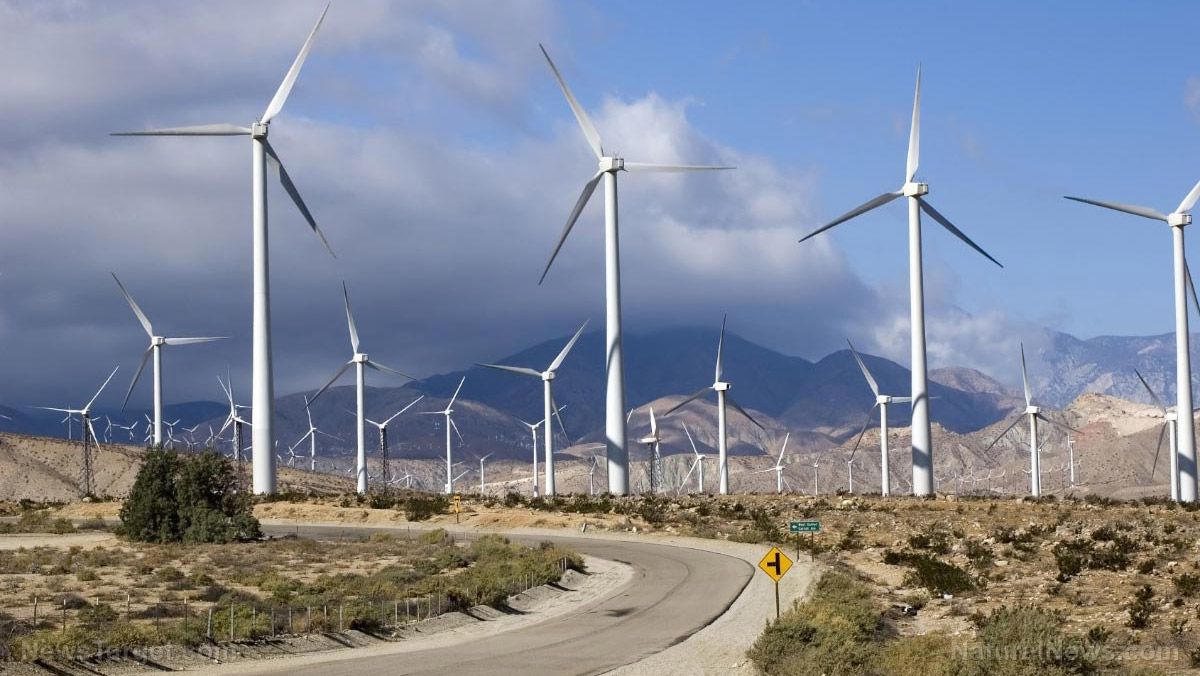
New York Rep. Alexandria Ocasio-Cortez, who sponsored the GND in 2019, said she believed she and the other proponents of the deal influenced attitudes and thinking about climate change and infrastructure. But she still expressed disappointment at the size of the new bloated package, arguing that it was not enough.
Biden's new plan would have the nation spend $2 trillion over a span of eight years. Most of those funds will be used to mitigate the so-called climate crisis, which the GND claims to address. Despite the massive funds, progressives like Ocasio-Cortez are still pushing for more than double the projected rate of spending.
This insistence to increase funding has turned heads, with some critics even sounding the alarm about the deal and its possible implications. Hayden Ludwig, senior investigative researcher at the nonprofit organization Capital Research Center (CRC), told The Epoch Times that people should be concerned about the GND.
Ludwig argued that the deal hides behind so-called environmental justice but includes a host of radical policies that can transform the country's economy into a socialist one. Ludwig also pointed out that the deal would allow the government to tighten its control over society under the guise of mitigating climate change.
GND not about climate crisis at all
The GND has nothing to do with climate change, global warming or the environment, noted Ludwig. Instead, it seeks to remake the entire United States in "the radical left's own image."
In fact, Saikat Chakrabarti, Ocasio-Cortez's former campaign manager and chief of staff, admitted that the deal wasn't even supposed to be about climate at all. In 2019, he told The Washington Post that they actually thought of the GND as a "how-do-you-change-the-entire-economy-thing."
Ludwig also pointed out that the GND contains references to global warming that helped to cover up the things proponents actually wanted to talk about, such as rising income inequality and environmental justice.
But the "environmental justice" that the GND refers to has nothing to do with the environment. It's just a way of saying "reparations to black and brown communities because they've been systematically oppressed by white communities." Such societal issues have no place in a deal that claims to address environmental issues.
"Environmental justice," as GND proponents use it, is also based on the Marxist concept of the oppressor and the oppressed. Rich "polluters," such as people who own houses and cars, are oppressing poor people who live in poor communities, so the idea goes. By painting such a picture, GND proponents can say that such inequalities are, in fact, related to climate, explained Ludwig.
But addressing such massive class inequalities would require huge spending on the national scale. The national government would have to allot billions, if not trillions, more to expensive infrastructure initiatives and social programs for "disadvantaged communities." This would explain GND proponents' push for massive funding.
In addition, the GND is also not as "green" as proponents claim it to be. It puts an emphasis on the use of clean and renewable energy sources, such as solar and wind energy. But while the energy itself is clean, the infrastructures used to harness and convert them into electricity are not.
For instance, wind turbines and solar panels require massive swaths of land. And where there is no land, green spaces like forests, meadows and parks could be flattened to make way for such green infrastructures.
Infrastructures like wind turbines also need foundations built deep within the ground. These foundations need tons of steel and copper wiring and would have to be replaced after a few decades as well, said Ludwig. Worse, these building materials aren't easily recycled.
Therefore, infrastructures that are supposed to save the planet will only end up polluting it, he added. (Related: Experts warn that shutting down nuclear plants would “negate” efforts to transition to clean energy.)
Follow RealInvestigations.news for more articles about the radical left's harmful environmental policies.
Sources include:
Please contact us for more information.























